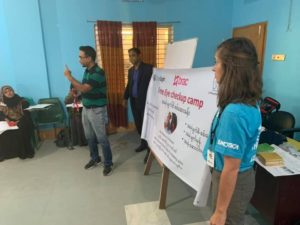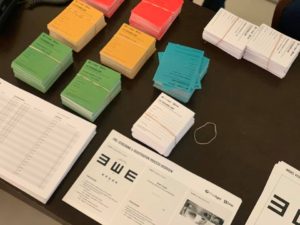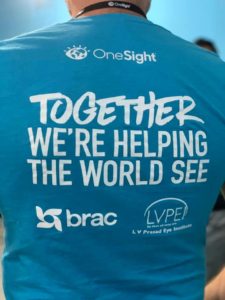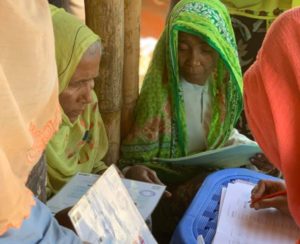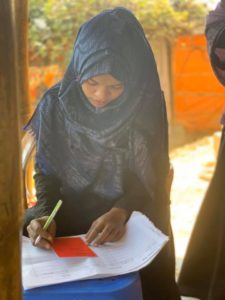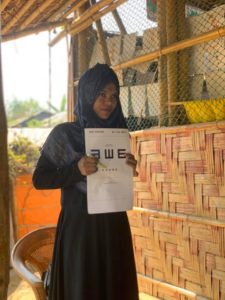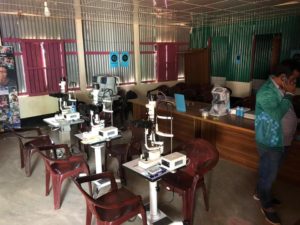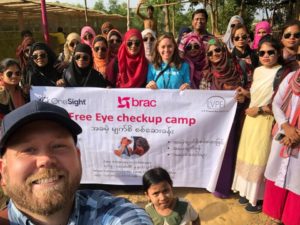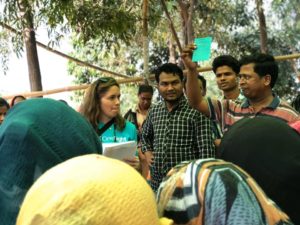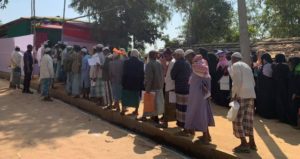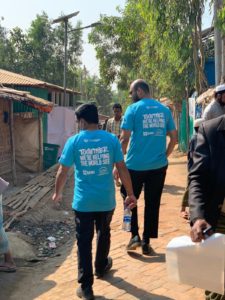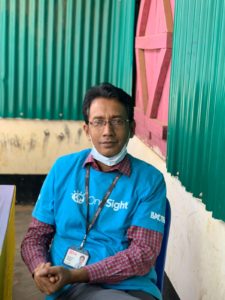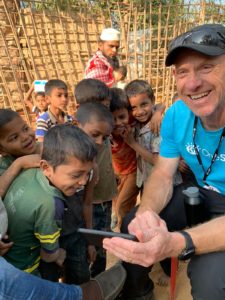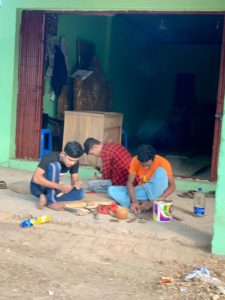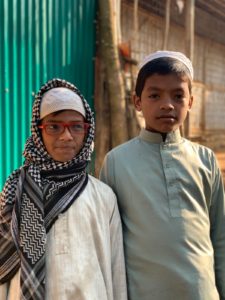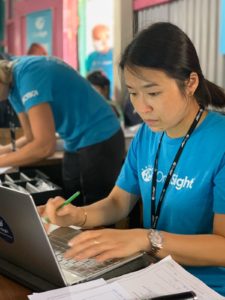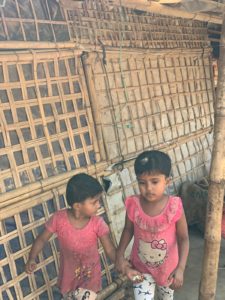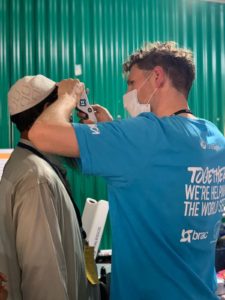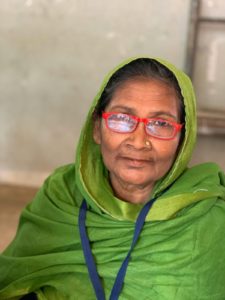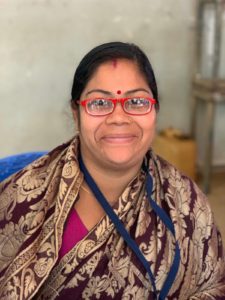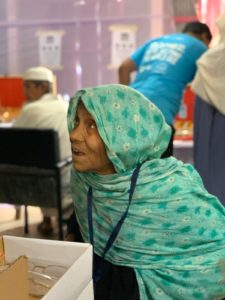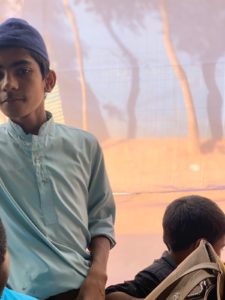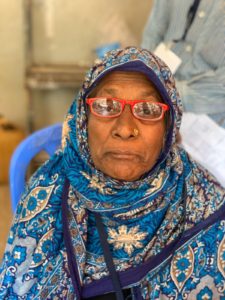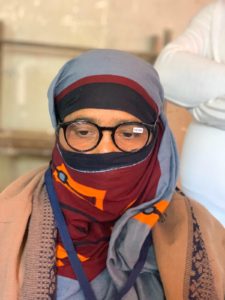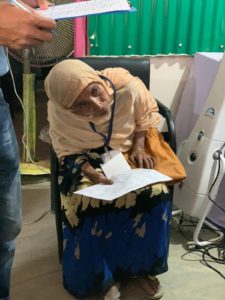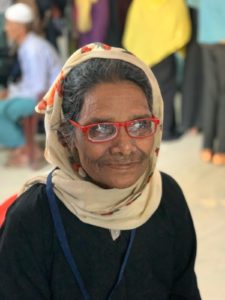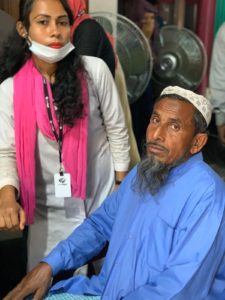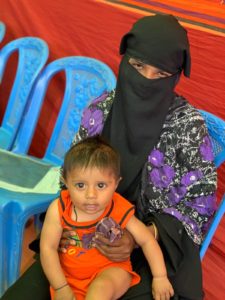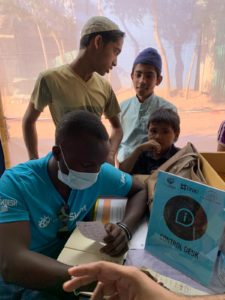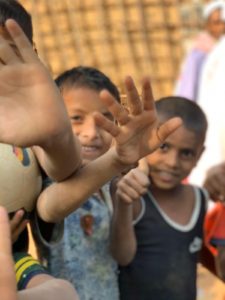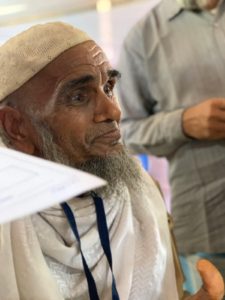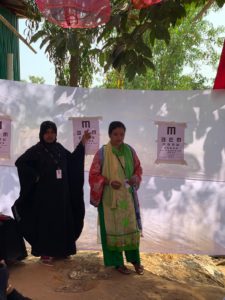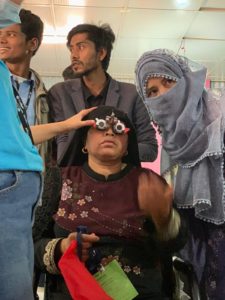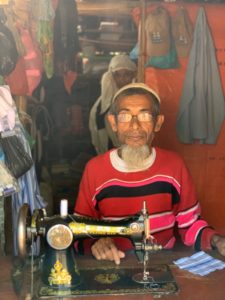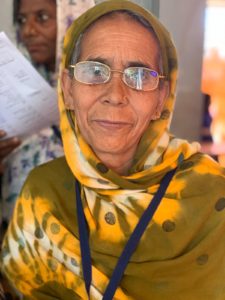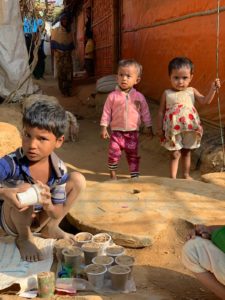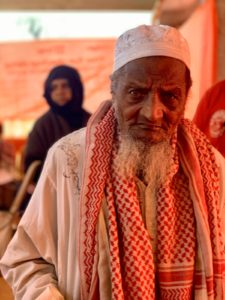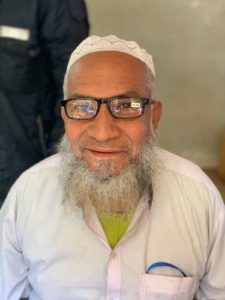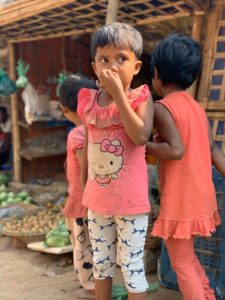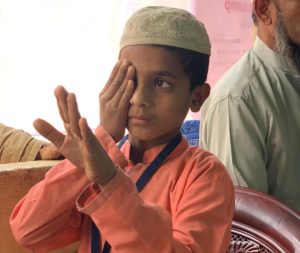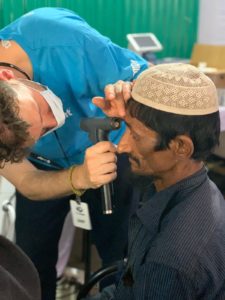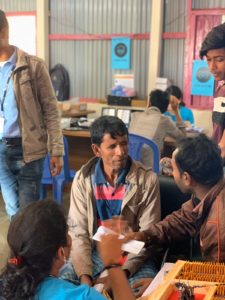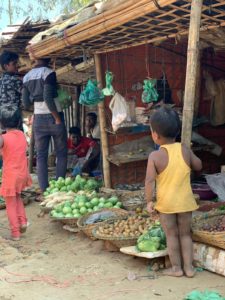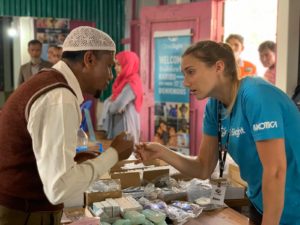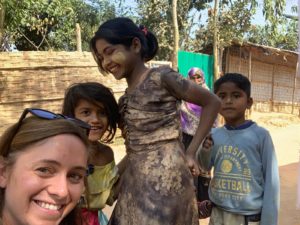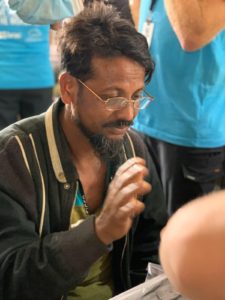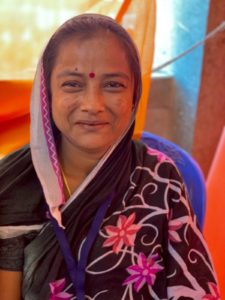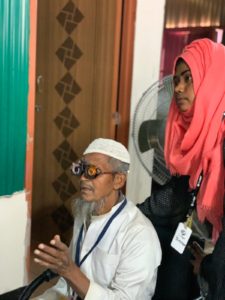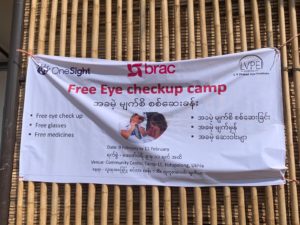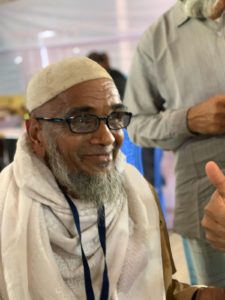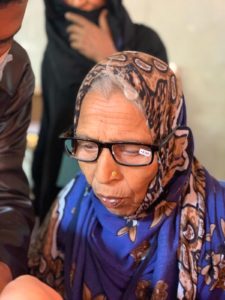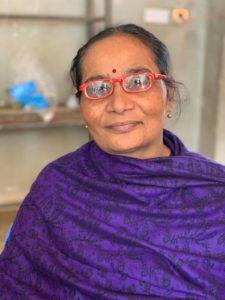
The UNHCR called it the “world’s fastest-growing refugee crisis.” The United Nations labeled it, “a critical humanitarian emergency.” For more than two decades, millions have fled Myanmar towards neighboring countries in fear for their life and in search of a better one. More recently, upwards of half a million individuals have sought refuge in Bangladesh, afraid to return home to the country they once called home.
THE REFUGEE CRISIS
Myanmar was once home to a minority Muslim group called “Rohingya.” For decades, this group lived under persecution, restricted from many of their basic rights and stripped of their citizenship. In the ‘90s, their land was confiscated and given away. And in 2014 when a national census was conducted, they were excluded. Rohingya were not permitted to have access to government healthcare, education or social services. Their treatment has been recognized by the international community as being “one of the most persecuted ethnic groups in the world.”
On August 26, 2017, the Myanmar military began a systematic process of burning down Rohingya villages – an act the United Nations has referred to as “ethnic cleansing.” The results of these attacks were catastrophic and left over 688,000 people fleeing to Bangladesh for safety.
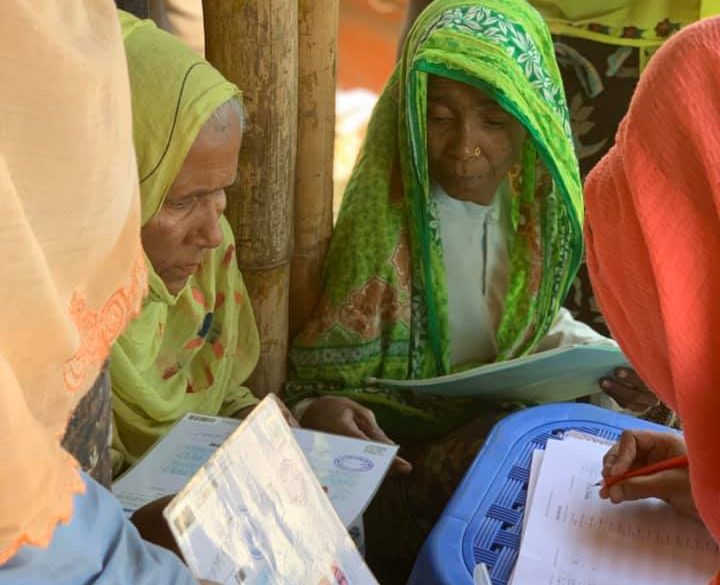
COX’S BAZAR
On the South-Eastern coastline of Bangladesh, not far from the western border of Myanmar, lies Cox’s Bazar – home to refugees and locals alike. This district has been a site of refuge for Forcibly Displaced Myanmar Nationals (FDMN) for more than a decade, but following the events executed by the Myanmar military in 2017, that number has since more than tripled. As of May 2018, there were nearly 1 million Rohingya refugees residing there. In total, Cox’s Bazar district has over 2.3 million residents. There are many camps within the district, 20 of which have been consolidated into a mega-camp called Kutupalong. This camp hosts over 600,000 refugees, making it the largest refugee camp in the world.
These populations are underserved, offering less access to education, literacy, and employment than other districts in Bangladesh. Since the refugee crisis began, several local villages have become completely surrounded by camps. This has limited the amount of farmland in the region, causing local prices of goods to go up. Both the local and refugee populations in this area are in great need of many basic needs, including access to vision care.
The need for vision care in Cox’s Bazar is a great one. In fact, it’s estimated that to address existing need, well over 150,000 spectacles and 9,800 cataract surgeries would have to be administered each year. What’s even more alarming is that an IAPB report estimates that 99% of all vision loss was due to avoidable causes. These preventative issues are caused by a variety of underlying issues – Vitamin A deficiencies, limited access to health care, unsanitary living conditions and more.
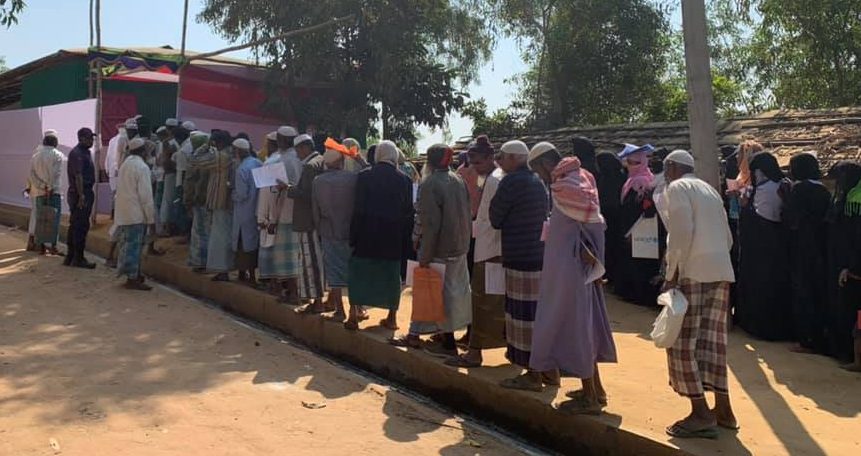
BRINGING VISION CARE ACCESS TO PEOPLE IN GREAT NEED
The refugee crisis paired with unmet local needs creates major challenges for residents of Cox’s Bazar. With so many competing needs, access to vision care and glasses within the district has been scarce or non-existent. That’s why OneSight, in collaboration with local and international organizations, is eager to help. From February 10 – 14, for the first time, OneSight will be hosting a clinic within Cox’s Bazar with aid from partners at BRAC, LVPEI, Better Vision Foundation Nepal, and Essilor/Luxottica. The 5 day clinic will take place in two different locations: 3 days within the notorious Kutupalong camp to serve refugee populations and 2 days in a local school to serve Bangladesh natives. Our goal is to serve 1,500 patients total, all of which were pre-screened with great help from BRAC.
For over 2 years, BRAC has acted as one of OneSight’s key partners within the region. Their organization works to actively implement comprehensive interventions designed to meet the immediate needs of vulnerable people while empowering them with skills, resilience and awareness. All of this is done in an effort to improve beneficiaries’ long-term well-being as the refugee crisis evolves.
As part of our ongoing mission to bring vision care access to everyone, we’ve continued to work towards expanding our reach to include displaced and refugee populations. This clinic is a huge milestone for OneSight. Not only is it the first of our 2020 charitable efforts, it’s also the first time we’ve conducted charitable work in Bangladesh. This milestone has us looking forward to what we can accomplish together: in this clinic, this year and in our efforts to close the vision care gap.
Interested in learning more about our work with displaced and refugee populations? Read about our efforts & stay up to date with our latest work.
Follow us on Instagram, Facebook, Twitter and LinkedIn for more stories of sight.
